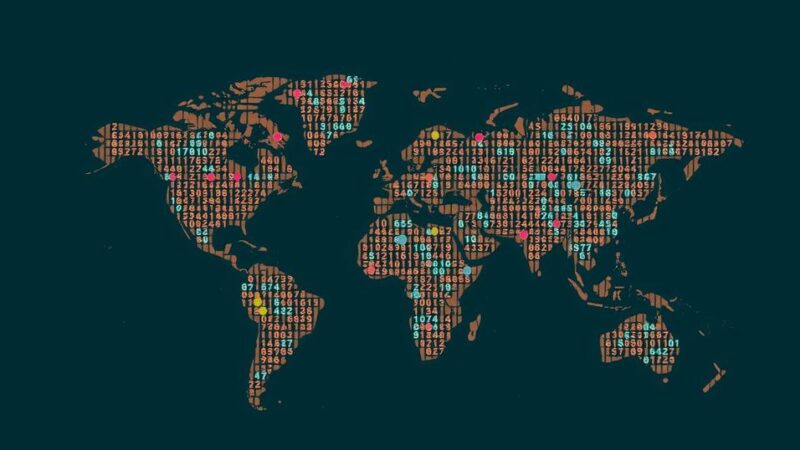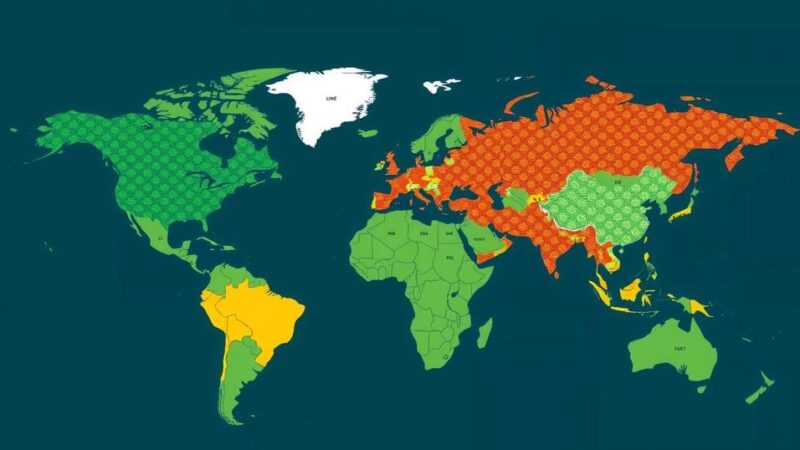A strong earthquake measuring M6.2 struck off the coast of Costa Rica on October 12, 2024. The epicenter was located northwest of Tamarindo, affecting an estimated 1.9 million residents. There is no tsunami threat, and while damage is expected to be minimal, the region’s vulnerability to earthquakes remains a critical concern.
On October 12, 2024, at 17:43 local time (11:43 UTC), a significant and shallow earthquake measuring M6.2 struck off the coast of Costa Rica, according to the United States Geological Survey (USGS). The tremor occurred at a depth of approximately 18 kilometers (11.2 miles). The European-Mediterranean Seismological Centre (EMSC) corroborated the magnitude and depth of the event. The epicenter of the earthquake was located 41.4 kilometers (25.7 miles) northwest of Tamarindo, approximately 67 kilometers (41.6 miles) west-northwest of Santa Cruz, and 75.9 kilometers (47.1 miles) west of Liberia, all within the Guanacaste Province of Costa Rica. Estimates suggest that around 69,000 individuals experienced moderate shaking, while an additional 1,856,000 reported light vibrations. Fortunately, there is no tsunami risk associated with this seismic event. The USGS has issued a Green alert concerning potential fatalities and economic losses, indicating a low probability of significant casualties or structural damage. However, it is important to note that many structures in this region are particularly susceptible to earthquake-related damage, with common construction types including mud walls and adobe blocks. Previous seismic activities in the area have resulted in secondary hazards such as landslides and liquefaction, which could exacerbate losses during such events.
Earthquakes are common occurrences in Costa Rica, a region located along the Pacific Ring of Fire, where tectonic plate interactions frequently cause seismic activity. This particular earthquake, registering a magnitude of 6.2 and occurring at a shallow depth, serves as a reminder of the geological vulnerabilities in coastal areas. The population density, coupled with prevalent construction practices, poses a risk to residents during seismic events. The USGS and EMSC are key monitoring agencies that provide critical data on such natural occurrences, offering insights into their potential impact on human life and infrastructure.
The recent M6.2 earthquake off the coast of Costa Rica illustrates the region’s ongoing susceptibility to seismic activity. While the immediate threat of a tsunami and significant damage appears minimal, the vulnerability of local building structures underscores the importance of preparedness and resilience in the face of natural disasters. Continuous monitoring and assessment of such seismic events are vital to safeguard communities in this earthquake-prone area.
Original Source: watchers.news






